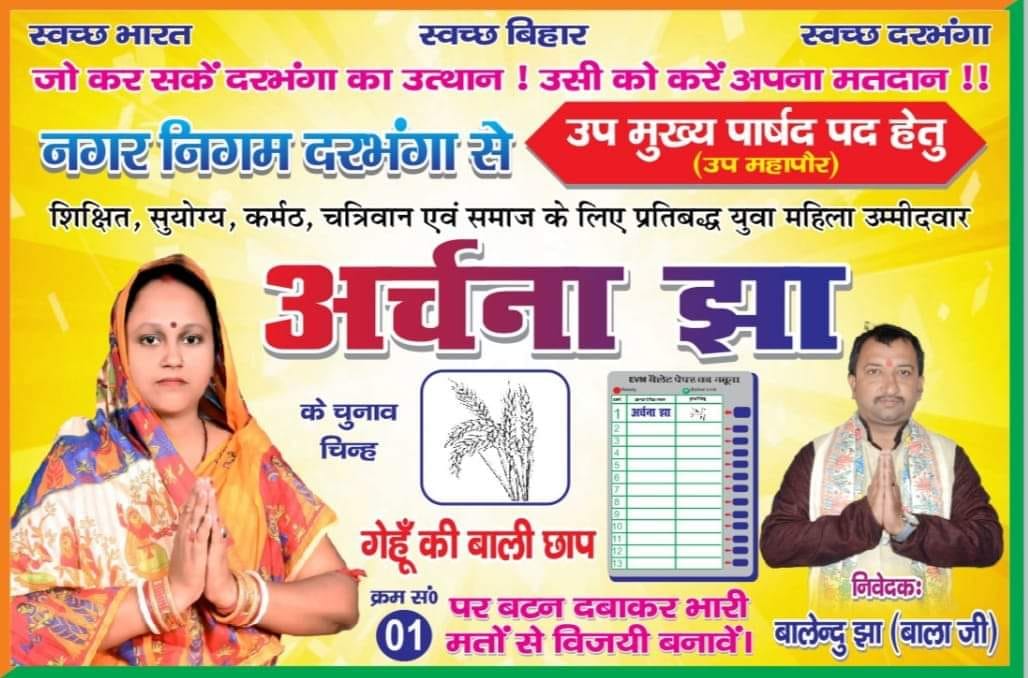
Darbhanga Ward No 35, with population of 5171 is Darbhanga city’s the 16th least populous ward, located in Darbhanga sub district of Darbhanga district in the state Bihar in India.
Demographics
The ward is home to 5171 people, among them 2768 (54%) are male and 2403 (46%) are female. 90% of the whole population are from general caste, 10% are from schedule caste. Child (aged under 6 years) population of Darbhanga Ward No 35 is 12%, among them 56% are boys and 44% are girls. There are 1045 households in the ward and an average 5 persons live in every family.
Growth of population
Population of the ward has decreased by -26.1% in last 10 years. In 2001 census total population here were 7000. Female population growth rate of the ward is -25% which is 2.1% higher than male population growth rate of -27.1%. General caste population has decreased by -30.2%; Schedule caste population has increased by 57.4% and child population has decreased by -14.4% in the ward since last census.
Sex Ratio – Females per 1000 Male
As of 2011 census there are 868 females per 1000 male in the ward. Sex ratio in general caste is 870, in schedule caste is 852. There are 780 girls under 6 years of age per 1000 boys of the same age in the ward. Overall sex ratio in the ward has increased by 25 females per 1000 male during the years from 2001 to 2011. Child sex ratio here has increased by 41 girls per 1000 boys during the same time.
Literacy
Total 3826 people in the ward are literate, among them 2174 are male and 1652 are female. Literacy rate (children under 6 are excluded) of Darbhanga WARD NO.-0035 is 84%. 89% of male and 77% of female population are literate here. Overall literacy rate in the ward has decreased by -8%. Male literacy has gone down by -6% and female literacy rate has gone down by -12%.
Workers profile
Darbhanga WARD NO.-0035 has 29% (1494) population engaged in either main or marginal works. 43% male and 12% female population are working population. 36% of total male population are main (full time) workers and 7% are marginal (part time) workers. For women 8% of total female population are main and 4% are marginal workers.








